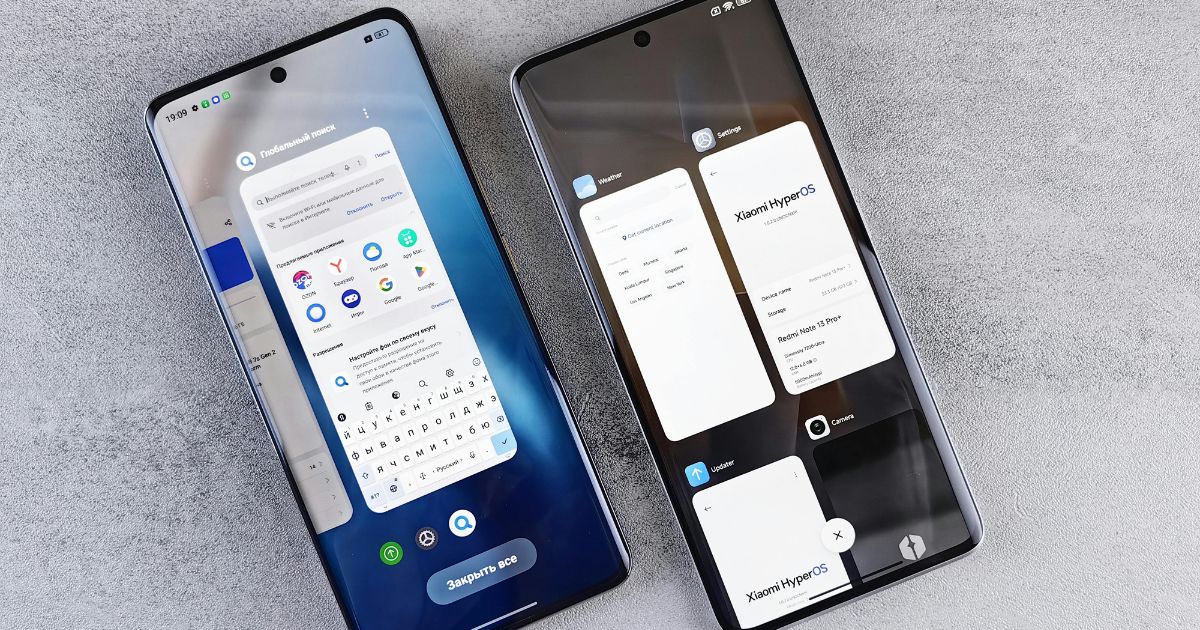Updated March 19, 2023
UI designers have a lot to consider when designing user interfaces. It is essential to understand the users' needs and create a visually appealing design that is also easy to use. Best practices are important for creating friendly interfaces that evoke positive emotions from users. Different elements like buttons, typography, and visuals should be used harmoniously for the best result. Colors should be chosen carefully as they can impact how users interact with the interface. UI designers must also consider how different elements will fit together when designing user interfaces. By following these seven tips, UI designers can ensure they create user interfaces that meet their clients’ needs and make their users happy.
1. Prioritize Quality Over Quantity
Whether working freelance or in a design firm, designers are always excited about having the chance to work on several projects simultaneously (or several items within one project). In addition, there is often an external pressure to work on as many projects or finish existing ones within a compressed timeline; unfortunately, this overwork usually results in quality taking a backseat, which can harm the rest of the development process.
What exactly do we mean by quality? Quality in user interface design means more than just a nice aesthetic.
When working on a client's project, always remember you are trying to solve a problem: Your solution needs to be well-designed, maintainable, and scalable, so even after you've finished a project, your work/solution is still helping the client.
Remember, this is not about you; this is about your work. "Quality is never a fluke. It is always a result of an intelligent effort." Building something big takes concentrated attention, time, and effort, so taking the time necessary to get it right is no weakness. Do not shrink from telling your boss(es) you need some time to deliver a quality solution when under pressure.
2. Organize Your Work
Most UI design tips apply to Adobe XD, Figma, Photoshop, Illustrator, and other popular design tools. Always have a proper title for your design files, pages, artboards, layers, groups, and symbols you have on the project. Follow a naming convention that works for you and is consistent.
Designers often overlook these basics since they are not a creative challenge and require some upfront time. That is a mistake: bundling layers together when needed and having the proper naming conventions for your design assets will benefit you, your team, and the client. When your work is easier to read, it is easier to maintain, helps instantly recognize elements, and allows for quicker updates, regardless of whether you or another designer steps in to make them. For example, if you have a re-used component across multiple screens/pages, making one font and using that rather than copy-pasting the groups saves tons of time editing/updating this element.
If you wish to override content inside the symbol, such as text/image, Sketch has a function called OVERRIDES. These features are added to design tools to help designers better manage their work, save time, and devote more time to creative tasks they enjoy. While these may initially take some time to set up and organize, you will be much more productive in the long run, saving tons of time and energy.
3. Think About Data
When building the user interface of a mobile app or a web application, most designers will ask a client what data elements should appear in the user interface—for example, images, titles, descriptions, and other labels. Once the data elements are confirmed, designers build a user interface using placeholder text and images. The issue with this is that although the UI might look fine in aesthetic terms with the placeholder content, as development begins and live data comes in, you might notice the application does not look quite the same.
There are data limitations the designers might have yet to think about. For instance, the header may not be blank. Also, what does the user interface look like when a title is empty? Do we have to display something like "N/A" when the title is empty?
If we have a list of items and display a description for each, what should the maximum line length be? What happens if the description is only a single line long? Does the user interface adjust itself for this scenario?
If a designer considers all of these cases while designing a UI, the design will likely adapt; therefore, designers must focus on details such as data rules, behaviors, and constraints.
4. Design for No Data Situations
Designers frequently forget to account for an accidental UI state where no data related to a particular action needs to be shown to a user, called an empty state. Empty states can be indicated by phrases like "no matches found," "no new notifications," "empty inbox/trash," etc. Error states are like empty states but are caused by technical errors, like when the Internet is not connected, when an API is broken, or when user input errors occur.
There are a lot of instances of these types of user interface states that are used live, so users have better experiences if designers spend some time thinking about them and designing them into an application they are building. As an added benefit, designers can add pleasant elements in those data-free states, which can help build emotional connections with users. As with the no-data states, designers should also consider how success states, such as the welcome and success checkout screens, are visualized.
5. Respect Platform Guidelines
In this digital world, mobile screens and webpages provide designers with plain canvases to build user interface elements representing data or actions. As creative types, designers are often concerned about newness or uniqueness in the aesthetics as they start building the user interface for an app simply to distinguish themselves. The truth is one should be creative only when truly needed.
For example: Use a custom font on mobile apps only when you need one for your app. These fonts are specially chosen to have better legibility across multiple form factors such as phones, watches, tablets, TVs, and the web. Never use a custom font simply for the sake of branding or novelty. If you decide to use them anyway, make sure that fonts will look good across all of the aforementioned form factors/devices -- if they will not, you are better off sticking to default fonts.
Some Android devices, such as Samsungs, let users select a custom font for their handset. However, if your app uses a custom font, it will not adjust based on user settings. While not strictly a good or bad thing, it is something to remember when choosing between the default fonts and the custom ones.
Similarly, Google has its own Material Design Guidelines for both the web and Android (and even for iOS). As a designer, you must look at those guidelines and reference them while designing your iOS and Android user interfaces.
Each screen will have the same content when designing apps for either platform, but how you present that content will be different. Input fields and tabs on Android will look and behave differently from their counterparts on iOS. Android includes the Bottom navigation view and the Bottom app bar.
Android has checkboxes, radio buttons, toggles, and switches, while iOS has the toggle. When designing for these platforms, you must consider those user interface choices. Your app's users are familiar with their own devices and the behaviors of its specific operating system. So, when you introduce a new scheme or one from a different platform, your app alienates this user. Respecting the platform's guidelines and sticking to them leads to better quality design.
6. Talk to Developers
It used to be a common practice for companies to have their designers build out a user interface first, with no input from the software developers, then give the design files to developers who would build an app or a website. While this is not as common anymore, it does happen. However, several things could be improved with the practice.
For example, designers might need to be made aware of the limitations of a platform, such as the impact that their fancy user interface elements have on an app's performance. They might need to be made aware of how much battery the app would use because of the animations that they wish to use. They may need to learn how backend APIs need to change to accommodate their designs, how their designs affect the project timeline, and how all of this combined affects the end-user experience because of required compromises in the app's architecture.
To minimize any negative impacts your designs may have on the overall solution that you are a part of, it is wise to engage developers early on in the design process. This will enable you to get a feel for how things are working on the backend and see why developers might reject a specific proposed design idea.
Always remember that the end solution you build together is far more critical than your designs. Your objective is to solve the client's problem together as a team. Designers and developers can create a great product when communicating well and working together.
In short, try to get your developers involved in the design process. Get their feedback about your design ideas at the beginning and certainly before you submit them for the client's approval. Be open-minded to the feedback that you receive--it will help you fix, refine, develop, and develop a better product.
7. Be Aware of the Budget
There is another way in which creating bespoke design elements with no thought to their implications negatively impacts the design, and this deserves special mention. Clients often need to be made aware of their idea or desired design feature's effect on development costs.
Designers should check with developers to see what kind of effort creating the wishlist will involve and communicate this to the client before working on the design. This process will help establish the right expectations with the client and prevent them from spending time on unworkable designs.
Also, many clients must be made aware of how design decisions impact the final product. They share their personal tastes or inspirations with designers, and they expect their products to be similar. This is fine if they allow some freedom for designers and respect their final design decisions.
As an expert, the designer's job is to explain why they made the specific design choices and to remind the client that since each issue is different, designing a unique solution is essential. If your product is just a rip-off of a popular design technique, it will not stand out from the crowd. Also, it is not only aesthetics that makes products popular; an issue with a unique solution that has a positive effect on the ultimate user experience will be remembered better than a product with copycats.
As designers, brainstorm with your clients on what is already out there and how your new product would differ by providing relevant examples and case studies. We hope designers reading this find these tips helpful in enhancing their design practices to produce better UI designs.








